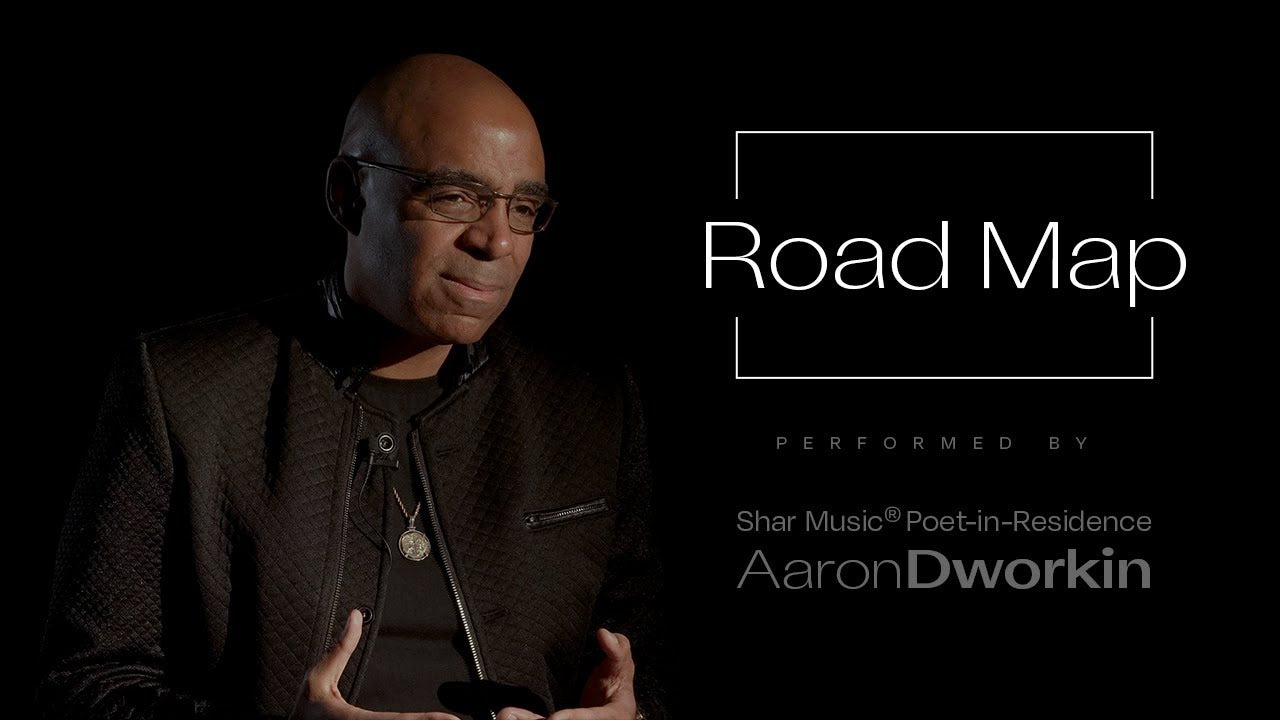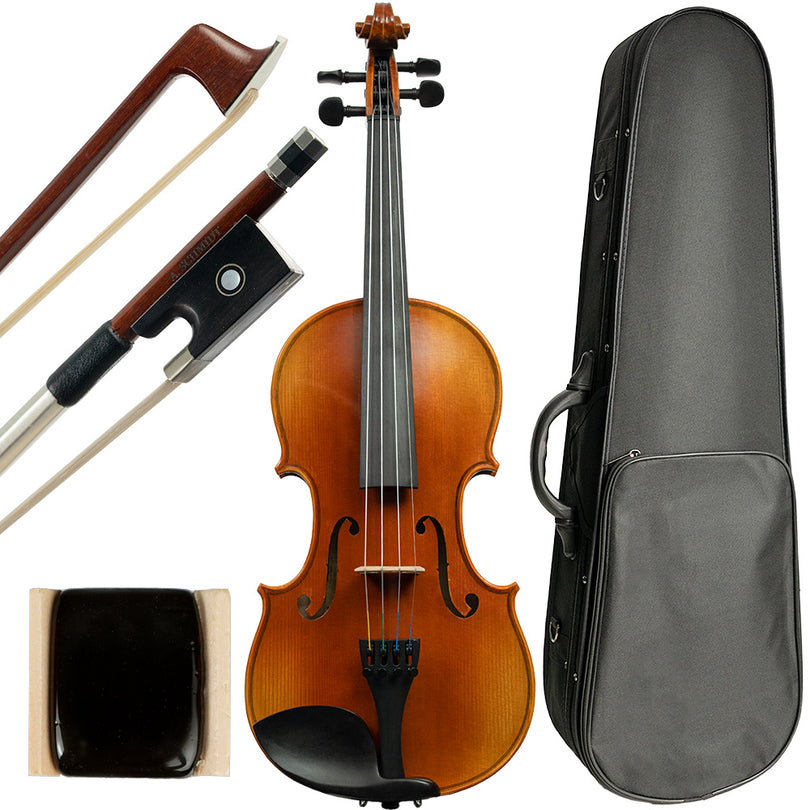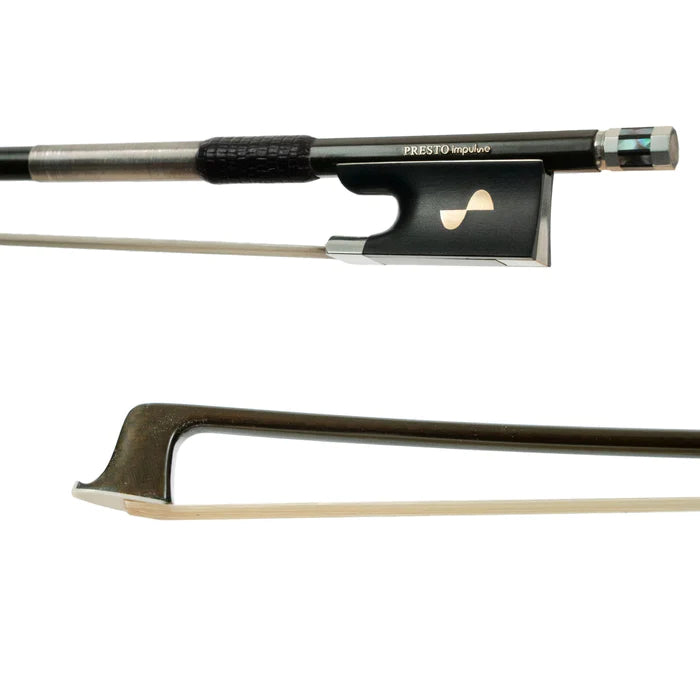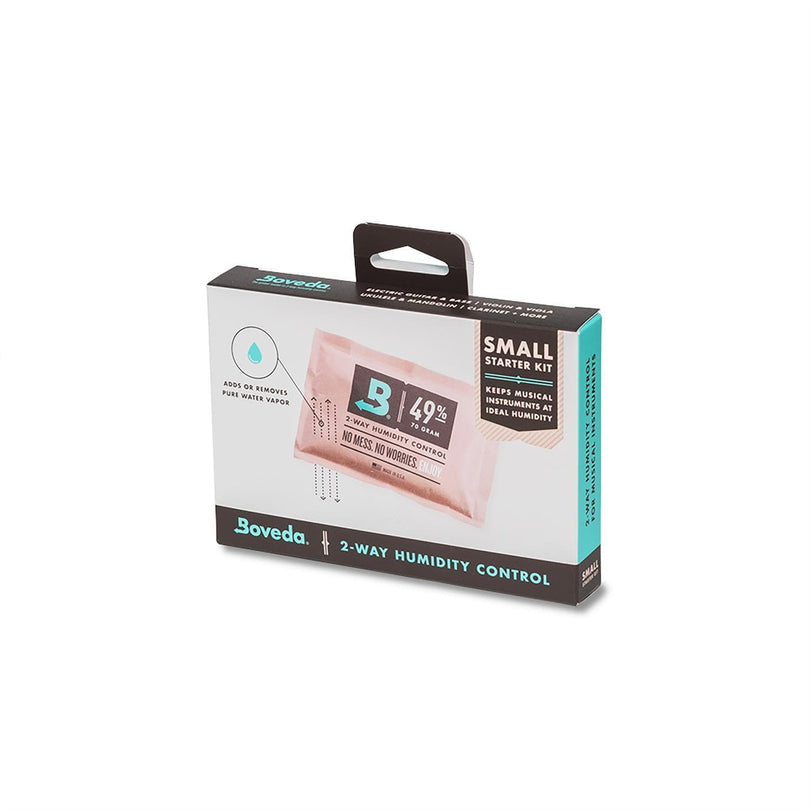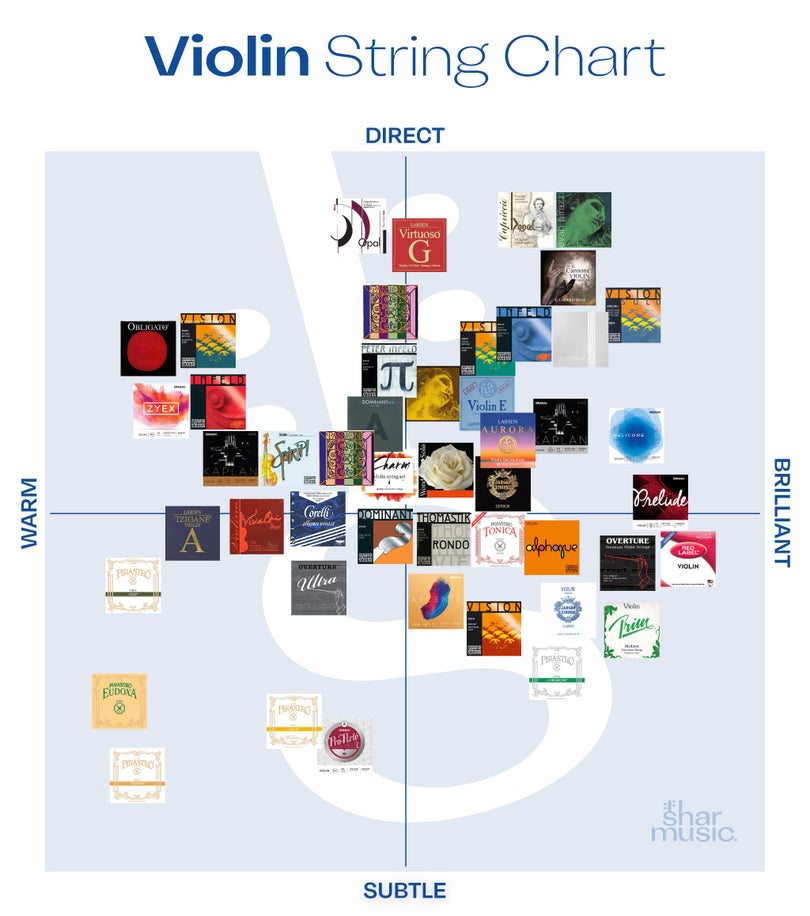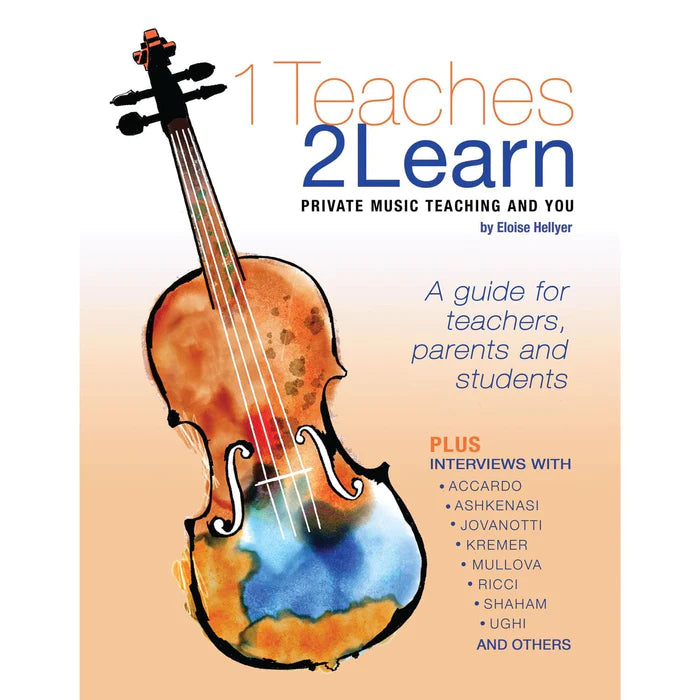These tips originally appeared on Music For Young Violinists. Download a free PDF chart and watch a tutorial video of the 15 Ways to Optimize Violin Practice here.
The 15 Ways to Optimize Violin Practice list and correlating video was created as a response to watching my students practice. Students were often working hard but not progressing as far as they should, because they were not practicing the right way. This list and video will help any violinist make better use of their practice time and reach their goals more efficiently.
Teachers - Use this to better support teaching techniques, as a reference to share with your students, and for professional development to expand your skills.
Students - Use this to help practice more efficiently. Practicing smarter will help you progress faster. My passion is taking my 20+ years of teaching experience and helping you know the fastest path to success through the trials and errors I had working with students these past two decades.
Parents of Young Musicians - I know that one of the hardest jobs for you is keeping momentum in your home practice routine. Peruse the ideas on this list and use the appropriate ones for your child to help keep practice creative, fresh, and engaging with some new ideas.
1) Left hand only. Finger pop the notes while placing the violin upon the shoulder or down in "rest" position.
2) Right hand only. Bow in the air, or make an open string reduction of the passage being worked on and play the open strings.
3) Use the “hand bow” by playing a passage with the bow hand's pinky side to feel and analyze string crossings. This is best explained by watching this video.
4) Play "air violin" (meaning no instrument) to work on the choreography and coordination involved in playing the violin.
5) Videotape yourself and watch. Many students are reluctant to view themselves since they focus on the parts of their playing they are dissatisfied with, but with a healthy mindset and specific goal to work on, this is one of the best ways to use your practice time.
6) Walk while playing. This will usually be awkward in the beginning but helps the player know if their playing is easy or not. If you can walk and play, this signifies that ample practicing has been achieved. Also, this helps keep the body relaxed overall to avoid tension and overuse injuries.
7) March while playing. Metronomes are fantastic, but the beat is interpreted thru the ear to the brain and then into the violin playing. A more sophisticated way to work on rhythm is to play while marching. It can feel complicated when first integrating this into violin playing, but ultimately leads to better musicianship.
8) Sing for intonation, phrasing, dynamics, and memorization.
9) Use an abacus or counting stones to count repetitions and set goals. Not only does this help achieve the intended repetitions, but it also serves as a release for the arms, so that discomfort due to muscle tension does not accumulate.
10) Add in some technical exercise for 30-60 seconds (i.e., the spider crawls, bunny flips, vibrato exercises, and open string warm-ups). Click here for some ideas on what these can be. Continue adding these in at various intervals in a practice session.
11) Play with eyes closed to engage other senses.
12) Vision in your imagination. One way to do this is to lay down, which will also relax some of your back muscles that tend to get tight when playing the violin.
13) Watch your sheet music while listening to a professional performer.
14) Create a practice log to set goals for the practice session. Reflect on what went well and what needs more attention next time.
15) Make it personal with your own idea! Adding your unique idea to a practice session empowers you and engages you in the process.
About the Music for Young Violinists (M4YV):
The M4YV project was started in 2015 by pedagogue, performer, composer, and registered nurse Heather Figi to celebrate and share her 25 years of teaching resources when expanding into her medical career. This online resource is home to hundreds of free downloads, a YouTube channel, a blog, and a store featuring 30 collections of sheet music for violin, viola, and cello. Heather loves sharing the joy of music with musicians from all over the globe and has long-term plans to combine music's healing power with medicine.



